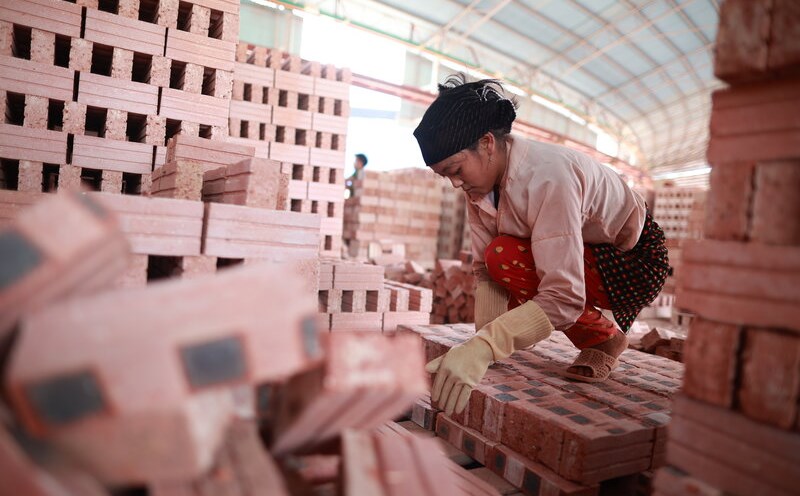3,000km of highway and 1,700km of coastal road are the new "blood" of the country, connecting the northern mountainous border with the southernmost point of Dat Mui. From Cao Bang, Lang Son through Hanoi, the Central region, Ho Chi Minh City to Ca Mau.
These "blood lines" both shorten geographical distances and development distances, opening up new economic and social space for regions and localities that have suffered many disadvantages due to unfavorable infrastructure.
This achievement shows a strong change in national organization and governance capacity. If in the past, each expressway project was often delayed or delayed due to problems with mechanisms and procedures, now, in less than a term, thousands of kilometers of roads have been formed.
That proves that when "the Party has led, the Government has agreed, the National Assembly has accompanied, the People have supported" - as Prime Minister Pham Minh Chinh said, all seemingly impossible goals can come true.
In particular, the spirit of "only discussing work, not retreating", "wherever there is a problem, there is a solution" that the Prime Minister has continuously emphasized recently has become a consistent motto of action.
Along with that, the "6 clear" principle - clear people, clear work, clear time, clear responsibility, clear authority, clear products - is shaping a new management style: Real, specific and transparent.
Thanks to that, not only the expressway and coastal road, but also other key national projects in recent times, have not only raced for progress, but have also been guaranteed quality, safety and synchronization.
National key infrastructure projects formed in excess of the set targets are also symbols of the will to unite and aspiration to rise up.
At each construction site, there is an image of tens of thousands of engineers and workers "overcoming the sun and overcoming the rain, not working enough during the day, taking advantage of working at night", working 24/7 during holidays, Tet...a vivid testament to the intelligence, spirit and bravery of Vietnamese workers.
In addition, the impact of key national projects on the country's socio-economy will be very large and extensive. For example, when the entire expressway from Cao Bang to Ca Mau is put into operation, Vietnam will have a smooth traffic axis, helping to reduce logistics costs, increase the competitiveness of goods, shorten transportation time, and open a series of new economic zones along the route.
From there, industrial centers, urban areas, tourism, and high-tech agriculture will be formed; domestic and foreign investment flows will be strongly activated; people's lives will be improved thanks to more convenient job opportunities, trade, study and health care opportunities.
In other words, today's infrastructure is the foundation for the take-off of the economy in the future.











